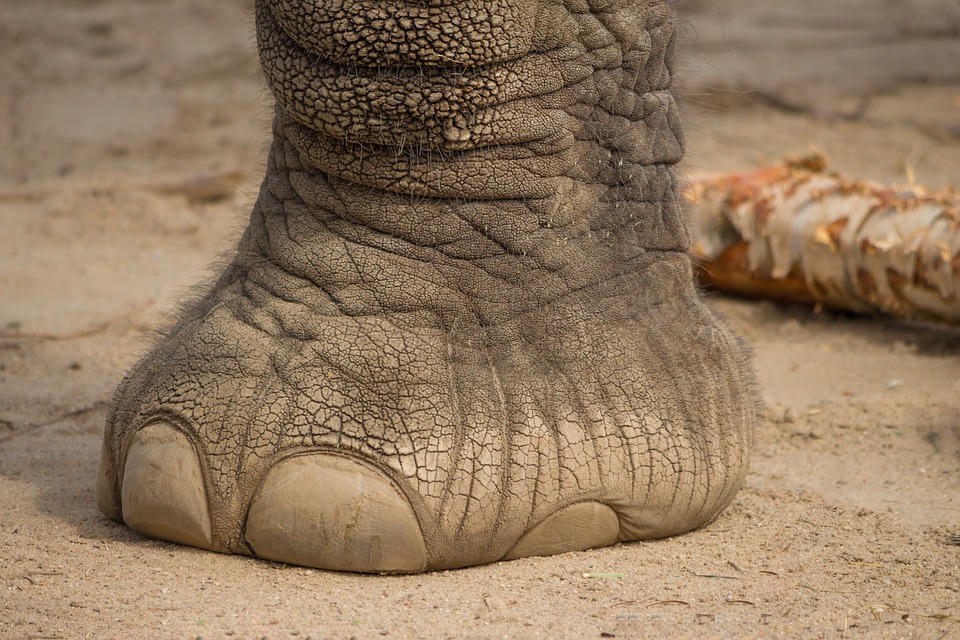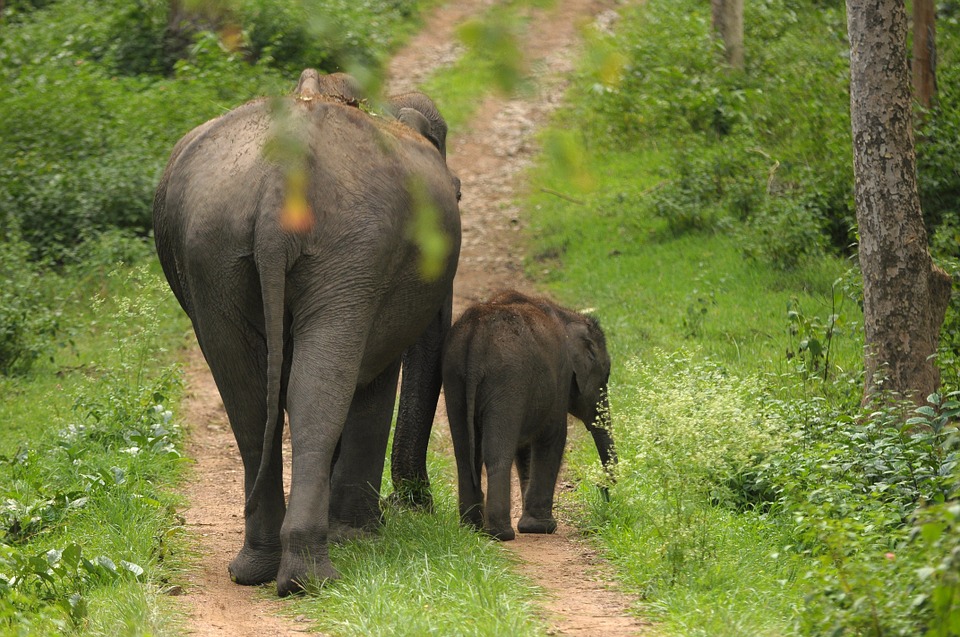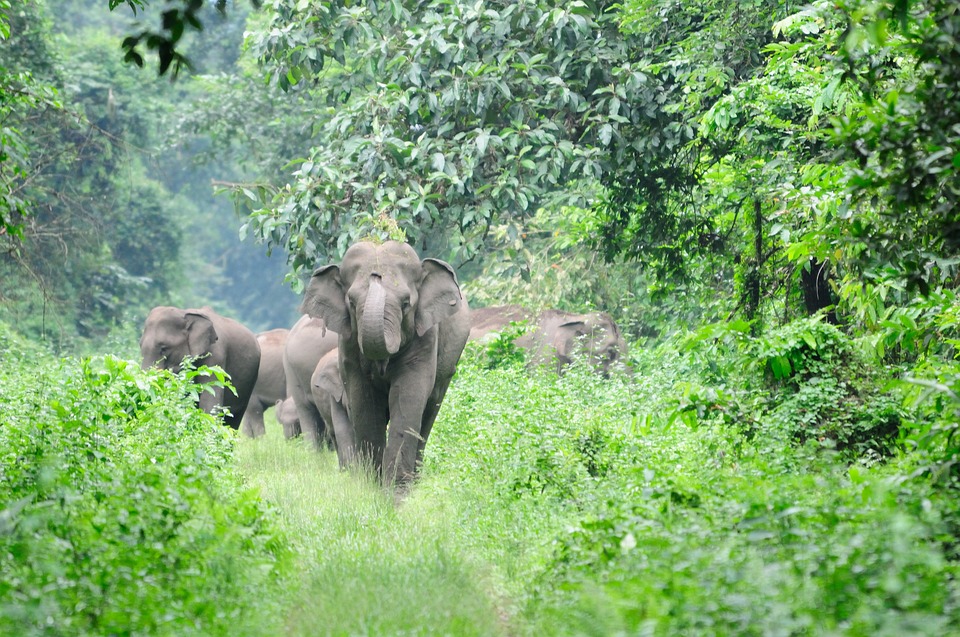Conflict in Odisha’s forests leaves both elephants and humans in grief
In Keonjhar district, the mining hub of Odisha, about 530 villages are affected by human-elephant conflict. Casualities and house damages reduced, but crop raiding incidents increased.


Bismay Tripathi, Kirti Kumar Mahanta and Juilee Samant
India is home to 60 per cent of the endangered species of Asian elephants. From 2012 to 2017, the elephant population in the country decreased drastically from 30,711 to 27,312 elephants. Research studies indicate a positive correlation between declining Asian elephant populations and reduced seed viability and seed dispersal of large-fruit bearing trees in India, indicating that, as an architect species, elephant plays a vital role in engineering forest ecosystems. Hence, efforts to conserve this flagship species will protect the integrity of the entire ecosystem.
In India, around 70 per cent elephants thrive in fragmented habitats with human population densities over 500 persons per square kilometer. Human-elephant conflict has been a growing concern in the country. Between 2014 and 2019, about 2,381 human lives were lost due to this conflict, which comes to 476 deaths per year. In addition, 490 elephants were also killed due to anthropogenic causes. West Bengal recorded the highest number of human deaths at 403, followed by Odisha (397) and Assam (332).

A bastion for elephant conservation
Odisha with 1,976 elephants has over 57 per cent of the total elephant habitats of East and Central India including Jharkhand, Chhattisgarh, Bihar, Madhya Pradesh and South Bengal. The state is home to a significant population of breeding tuskers and the contiguous forests make it one of the top five important landscapes in India in terms of elephant conservation.
But, human-elephant conflict in Odisha is a matter of concern. During 2000 to 2018, 110 elephants died in the state from diseases (27 per cent), electrocution (26 per cent) and weakness/starvation (13 per cent). Situation is particularly alarming in Keonjhar and Dhenkanal districts.
Keonjhar district, the mining hub of Odisha, is affected by severe deforestation from excavation of iron and manganese ore. Unplanned land use has degraded habitats and obstructed traditional elephant corridors, forcing elephants to wander into human settlements in search of food, leading to deadly human-elephant encounters. In addition, lack of adequate food sources has forced elephants to migrate to the neighboring states like Jharkhand and West Bengal to overcome starvation and death.
The forest cover of Keonjhar district has declined from 3,378 square kilometre (sq km) in 2001 to 3,212 sq km in 2017. Simultaneously, elephant population in the district also dropped from 112 to only 40 elephants, mainly due to large-scale mining.

Shifting the focus
Human-elephant conflict studies conducted in some districts of Odisha have mostly focused on compensation, elephant corridors, elephant movement, monitoring of elephant proofing measures, monetary cost of the conflict and mitigation measures. Most conflict mitigation studies are designed around human-centric worries, rather than understanding the underlying problem. Further, data deficiency also impedes development of better conflict management and mitigation strategies.
To address this issue, a research team assessed the human-elephant conflict scenario from 2000 to 2018 in seven forest ranges of Keonjhar district. These include Barbil, Champua, Bhuiyan-Juang Pihra, Keonjhar, Patna, Ghatgaon, and Telkoi. The consequences of the conflict were documented by characterizing the forms of conflicts; deriving the annual trends and spatial variation of conflicts in the forest ranges. The team also determined the maximum conflict prone season and area through statistical analyses.
This study found that between 2000 and 2018, about 500-530 villages in these seven forest ranges were affected by the human-elephant conflict. In the process, 302 people were injured or killed, and 4,164 houses were damaged. Crop raiding incidents were alarmingly high, with crops over 5,144 hectares of farmland destroyed by elephants in the period of 2005-2018.
The number of casualties recorded annually had decreased during 2000 to 2018 with maximum human casualties in 2013 at 23, which came down to eight in 2018. Human injury also reduced from 10 cases in 2001 to six in 2018, with the maximum recorded 15 cases in 2012.
Similarly, the maximum number of house damages reduced from 515 in 2001 to 100 damaged houses in 2018. Among the damaged houses, over 27 per cent were completely dilapidated while the rest were partially damaged.

Encounters and destruction
But while casualties and house damages reduced between 2000 and 2018, the study found crop raiding had increased tremendously from 2010 onwards. The average frequency of crop raiding was around 610 times a year between 2000 and 2009, which tripled to over 2,810 times per year between 2010 and 2018. In 2018, there were over 3,510 incidents of crop destruction by the elephants in the seven ranges of Keonjhar.
Of the seven forest ranges included in the study (Barbil, Champua, Bhuiyan-Juang Pihra, Keonjhar, Patna, Ghatgaon, and Telkoi), the Keonjhar forest range suffered the highest impact of the human-elephant conflict with maximum human death toll, injury and crop raiding incidents. It reported over three human deaths per year followed by Champua range at over two deaths per annum. The rate of human injury on an average was two people per year for Ghatgaon, Keonjhar, and Patna forest ranges, while the other ranges recorded only one injured person per annum.
Champua, Ghatgaon and Keonjhar forest ranges also reported maximum annual house damages at 60, 25, and 30, respectively. Meanwhile, Telkoi, Champua and Keonjhar forest ranges recorded the highest crop damages. In Telkoi forest range, about 1,012 hectares of cropland was raided, followed by about 865 hectares and 656 hectares in Champua and Keonjhar forest ranges, respectively. But, the annual frequency of crop raiding was highest in Keonjhar forest range with 5,412 raids per year, and 5,326 annual raids in Telkoi forest range.

Winter, the peak conflict season
According to the seasonal variability in human-elephant conflict impacts, the maximum human injuries (37 per cent), house damages (38 per cent) and crop raiding (61 per cent) were observed during the winter season. However, the highest human fatalities (45 per cent) were during the rainy season.
Results of this study indicate that barring Champua and Keonjhar forest ranges, the intensity of house damages, human deaths and injuries have decreased in recent years in Odisha. This can possibly be attributed to the steps taken by the Keonjhar Forest Department, which include ecological restoration actions, night patrolling, tracking of elephant herds, installation of physical barriers in vulnerable regions, electric fences in extreme regions and public awareness programs. Sometimes, villagers guard their fields and chase away elephants by shouting, throwing stones and bursting fire-crackers. But, regular crop raidings remain a perpetual barrier for elephant conservation efforts in the state.
This study provides a baseline for future conflict monitoring, mitigation and management strategies. Further studies on spatial patterns combined with land use would improve the understanding of conflict distribution and potential drivers of conflict. Studies on parameters of crop raiding like crop distribution, composition, and availability with respect to the frequency of crop raiding can help in developing targeted deterrent methods.
Tripathy is pursuing his PhD at Tsinghua University in the field of human-elephant interaction and parts of this write up stem from his research work. Mahanta is an independent researcher assisting him in his project. Samant is a freelancer. Views are personal.

